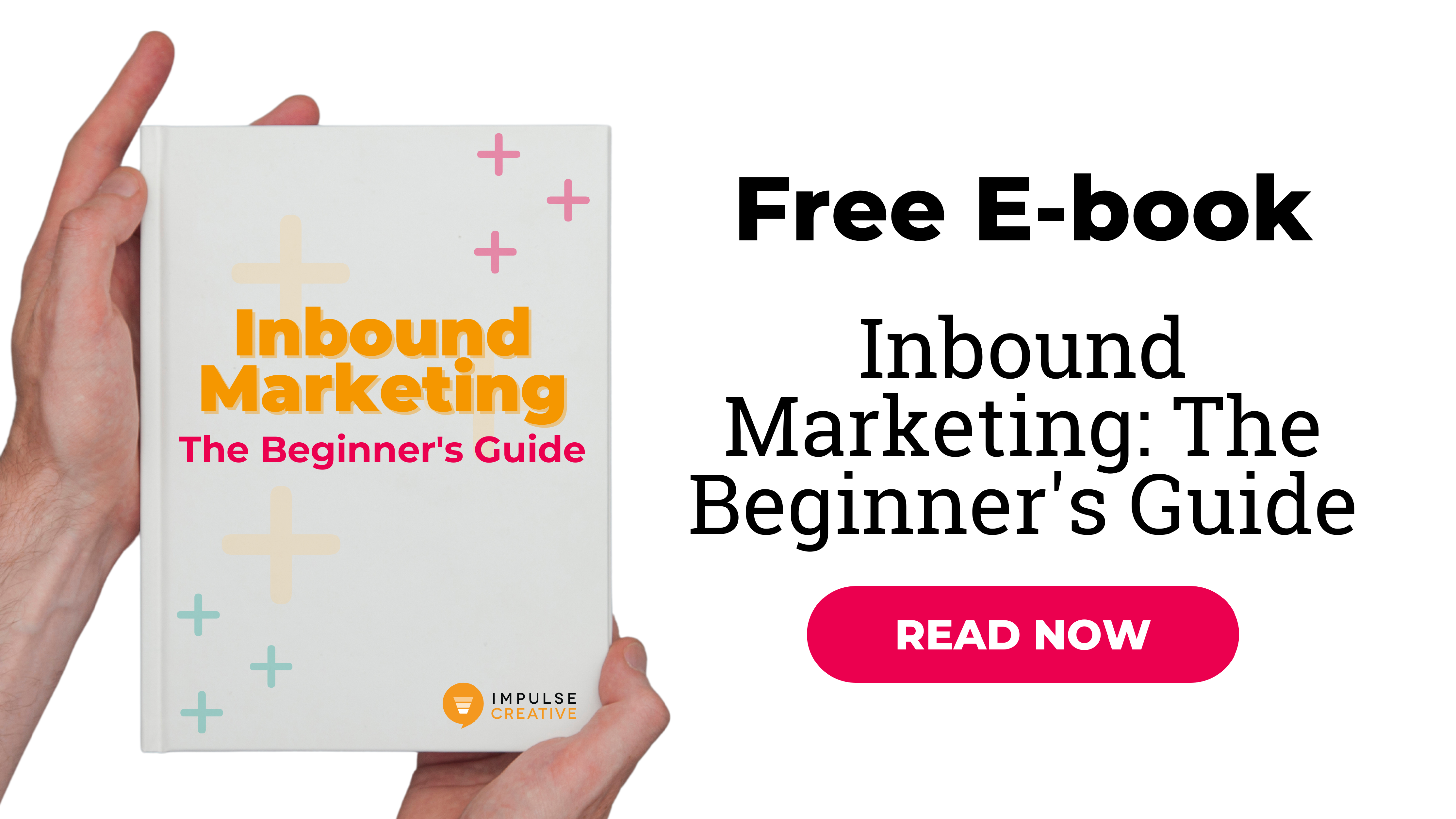 Hooray! A visitor discovered your landing page via Google, found your content relevant and helpful, and decided to fill out the form to download the offer. You should be feeling pretty good right about now.
Hooray! A visitor discovered your landing page via Google, found your content relevant and helpful, and decided to fill out the form to download the offer. You should be feeling pretty good right about now.
Creating a remarkable landing page that converts visitors into leads is only half of the battle. As marketers, we’re taught landing page best practices and how to A/B test our landing pages. After all, a successful landing page is the secret to getting visitors to convert. However, it’s important not to downplay the role of the thank you page in the conversion process. When done correctly, thank you pages allow you to continue nurturing your leads down the funnel. On the other hand, a poorly crafted thank you page could be the last time you ever interact with your new lead.
A thank you page is where users are taken after completing a desired conversion - whether that’s downloading an eBook or filling out your contact form. Thank you pages should thank the visitor for converting and present them with the next step.
Wondering how to get the most out of your thank you pages? Here are five best practices you can’t afford to ignore.
1. Bring back the navigation
As a general rule of thumb, you should remove navigation on your landing pages. It’s important to give your visitors the easiest path to conversion, and navigation often gets in the way and distracts users. However, once visitors are on your thank you page, it’s okay to bring back the navigation. After your visitors have downloaded their offer and/or read your message, they can use the navigation menu to explore other areas of your website.
2. Confirm the conversion
The first thing your thank you page should do is confirm the conversion. For example, say something like, “Thank you for downloading your free copy of our eBook, 8 Questions to Ask When Developing Buyer Personas.” By doing this, you’re confirming to the user that they submitted their information successfully and can download the offer.
3. Make the download easy to find
There are few things worse for a user than being directed to a thank you page, only to have a hard time finding where they can download their offer. When you set up your thank you page, it’s essential that the download is easy to find. Use large, bold text or incorporate a colorful call-to-action letting the user know how they can download their offer. There should never be a question in your user’s mind of how to download the offer.
Remember, you need to deliver the content that you promised your user. If you promised somebody a guide about landing page best practices in return for their information, don’t give them an eBook about website best practices. Although they may still find this information helpful, it’s not what they agreed to when they gave you their information. Don’t deceive users to get their information.
4. Nurture leads down the funnel
At the bottom of your thank you page, include links to relevant offers, such as eBooks, guides, or webinars on similar topics. Or, if you want to simplify the conversion process, include a form at the bottom of the page that allows them to request a free consultation or directs them to another offer. The call-to-action or form at the bottom of your thank you page should fit into the buyer’s journey and should be the next logical step in the funnel. For example, if your offer is a top of the funnel (ToFu) checklist about important elements of a website redesign, your next step could be a middle of the funnel (MoFu) eBook about how approach your next website redesign.
5. Send the offer in an email
What happens if someone forgets to bookmark your thank you page, or they’re not on their primary computer when they download your offer? How will they access your offer again? To ensure that your new lead always has access to their new eBook/guide/etc in the future, send them an automated thank you email that includes a link to where they can easily download your offer in the future. You can simply say, “Thanks for taking the time to download your free copy of our eBook. Here’s a link to download it any time you need it.”
It’s important to recognize that a thank you page is a powerful step in the conversion process and allows you to continue the conversation between a lead and your company. By following the five best practices above, you’ll be well on your way to creating stellar thank you pages for your business.
Interested in learning more about inbound marketing best practices? Download our free eBook, The Beginner's Guide to Inbound Marketing
5 Thank You Page Best Practices You Can’t Afford to Ignore




